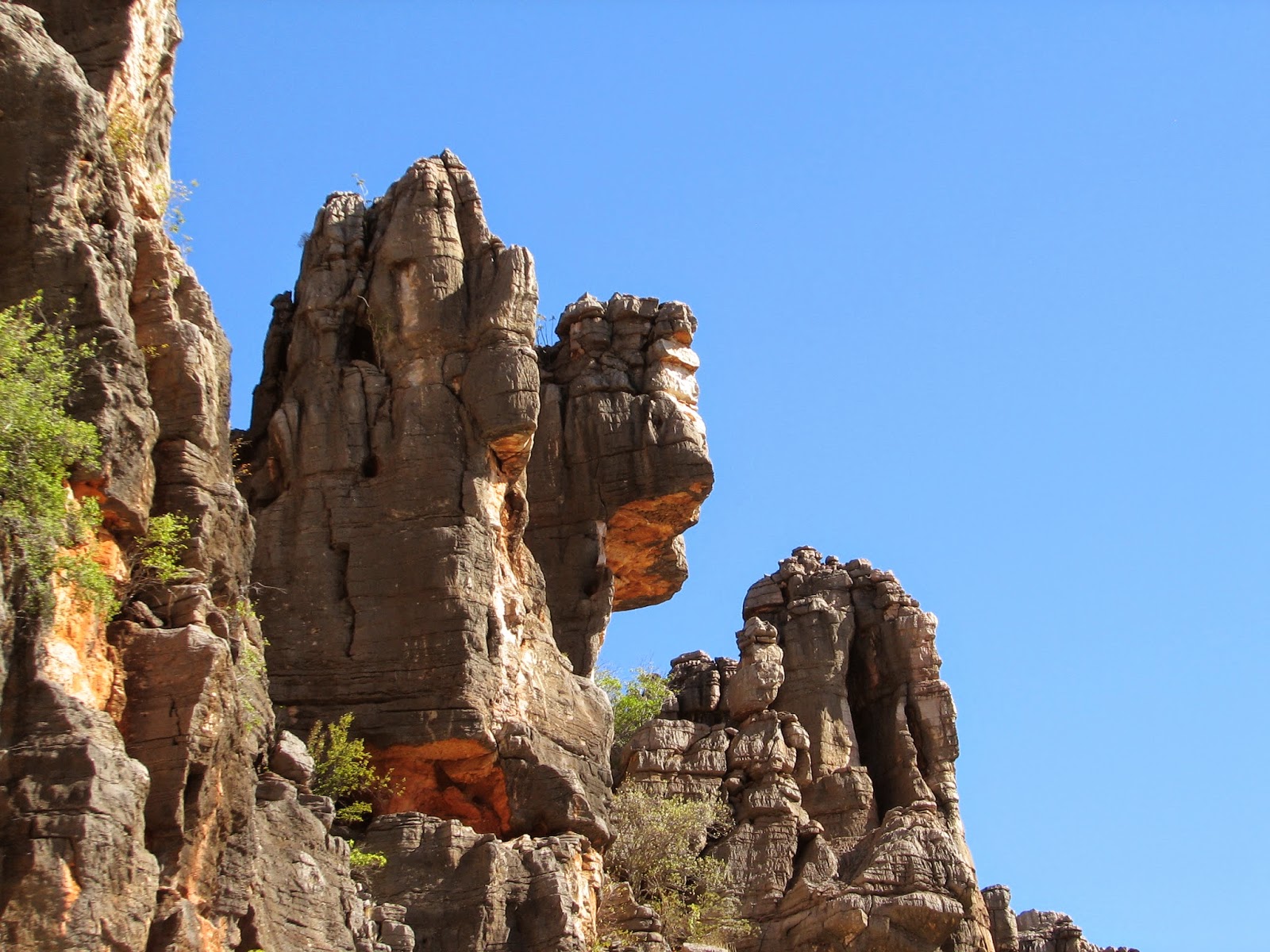 |
| 300614 Savannah Way at Minnie Bridge - a bit of a squeeze |
 |
| 300614 This is what was crossing the bridge |
 |
| 300614 The clutter - two multiwheeled units with heavy earth moving equipment on board |
 |
| 300614 Minnie Bridge without the clutter |
 |
| 300614 Our caravan site at Broome, lovely tree, no Foxtel reception and fear of what the birds will deposit on the van and annexe |
















































